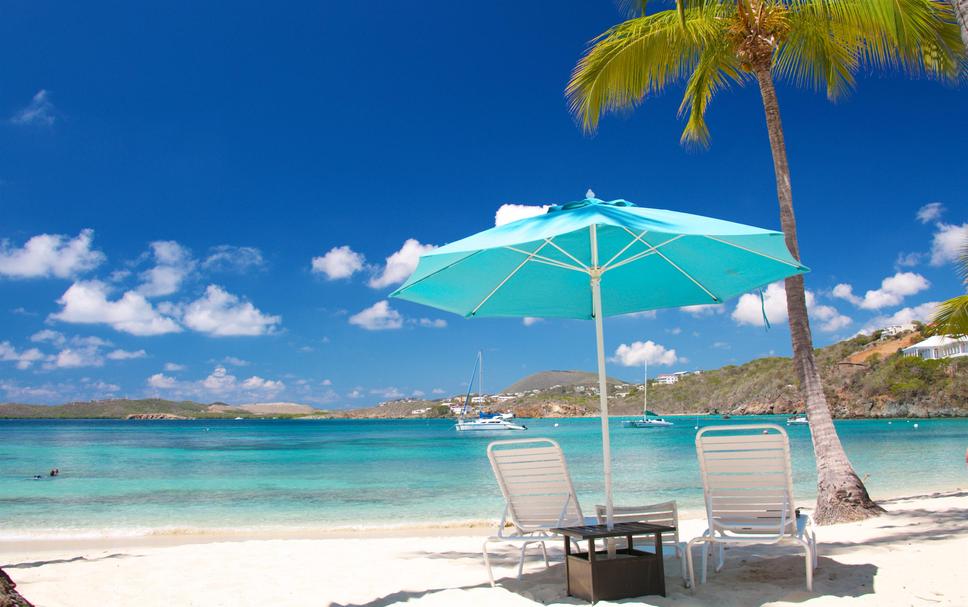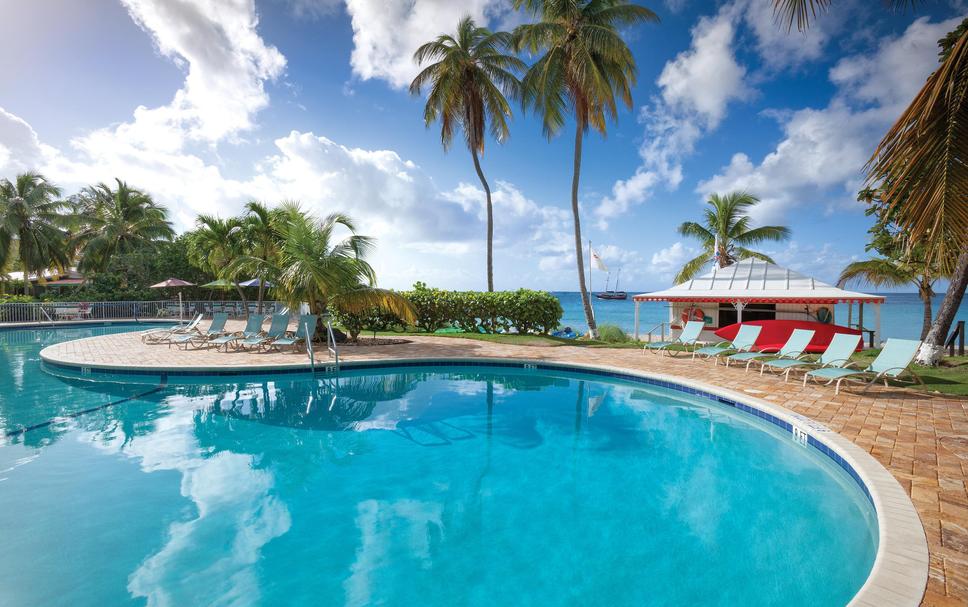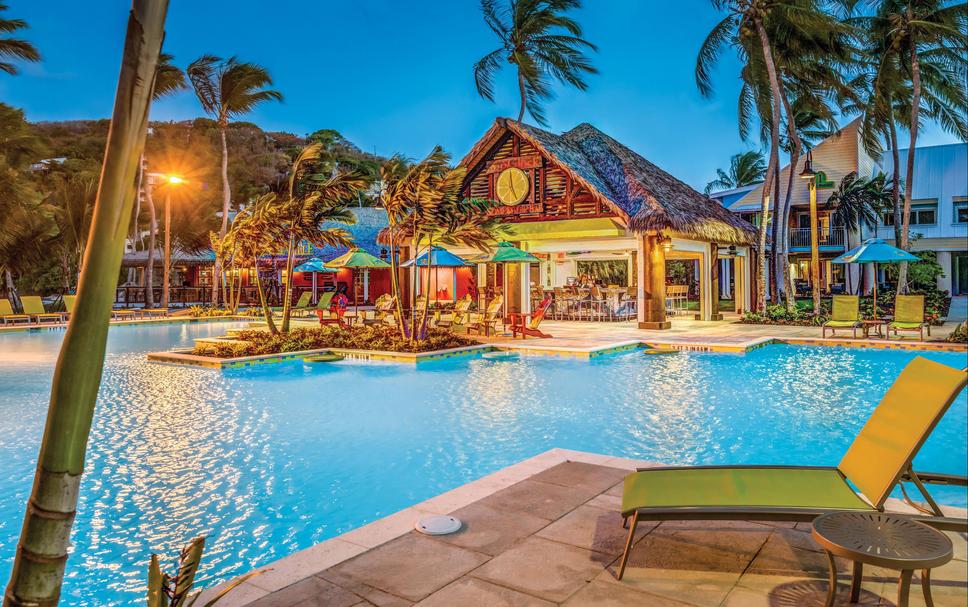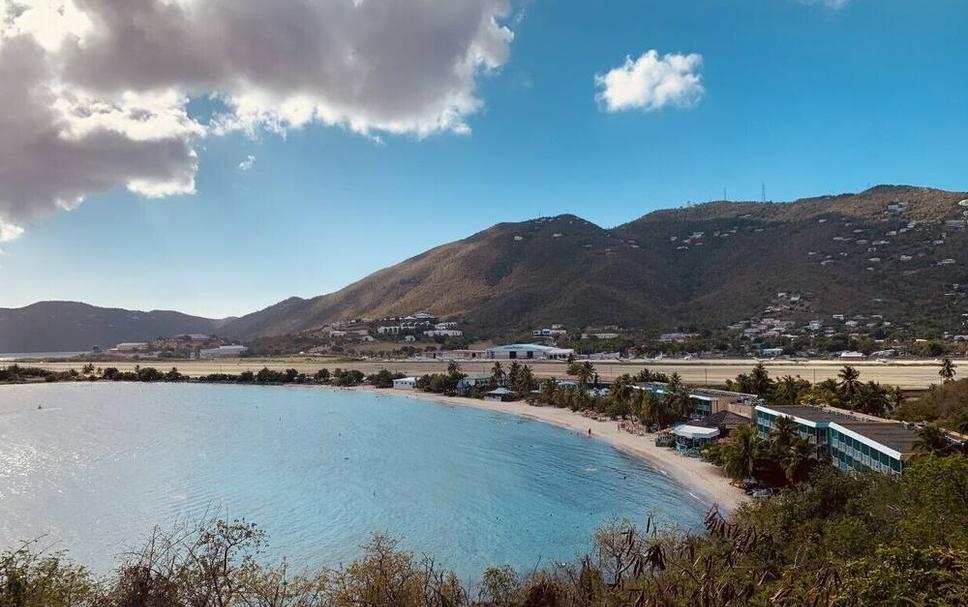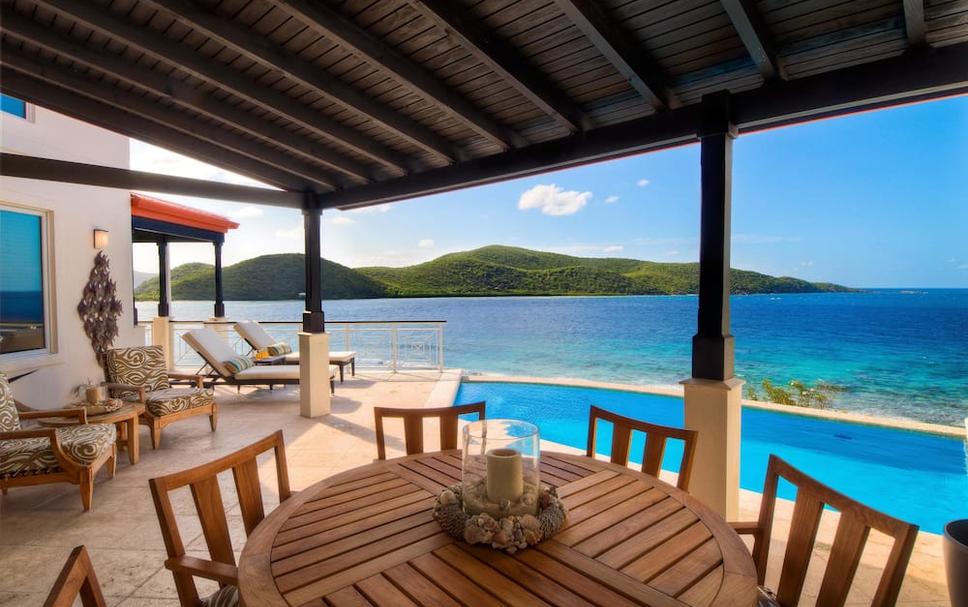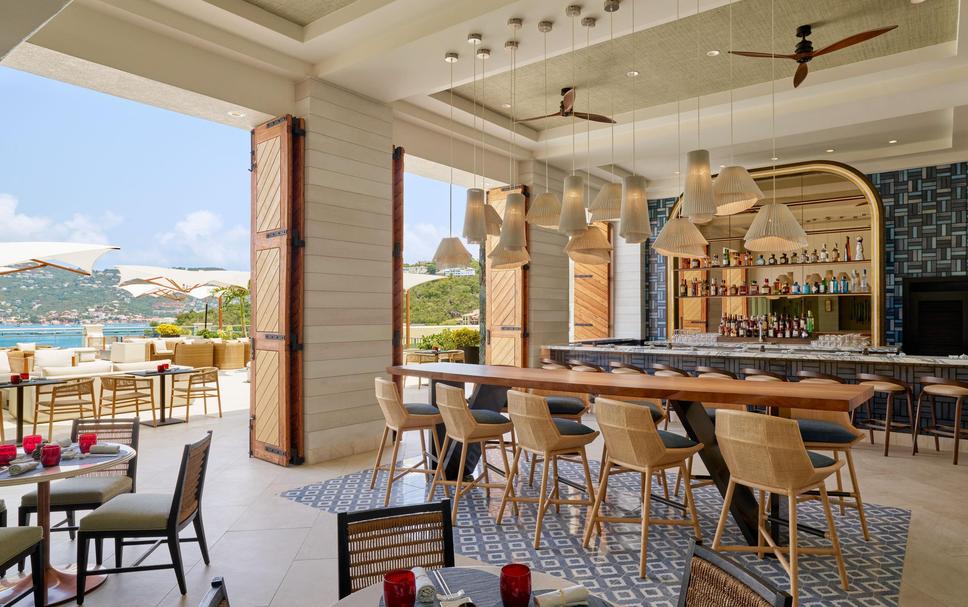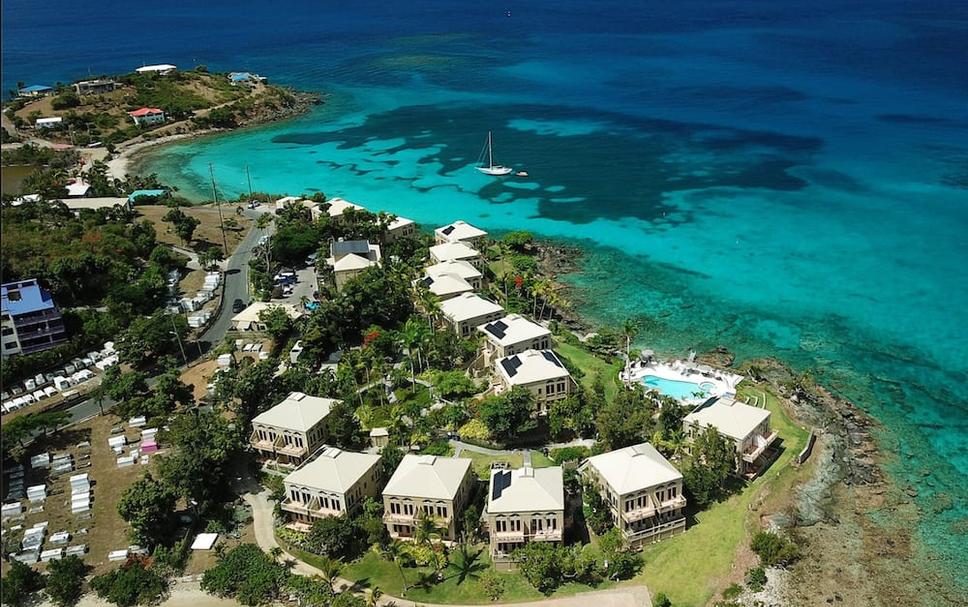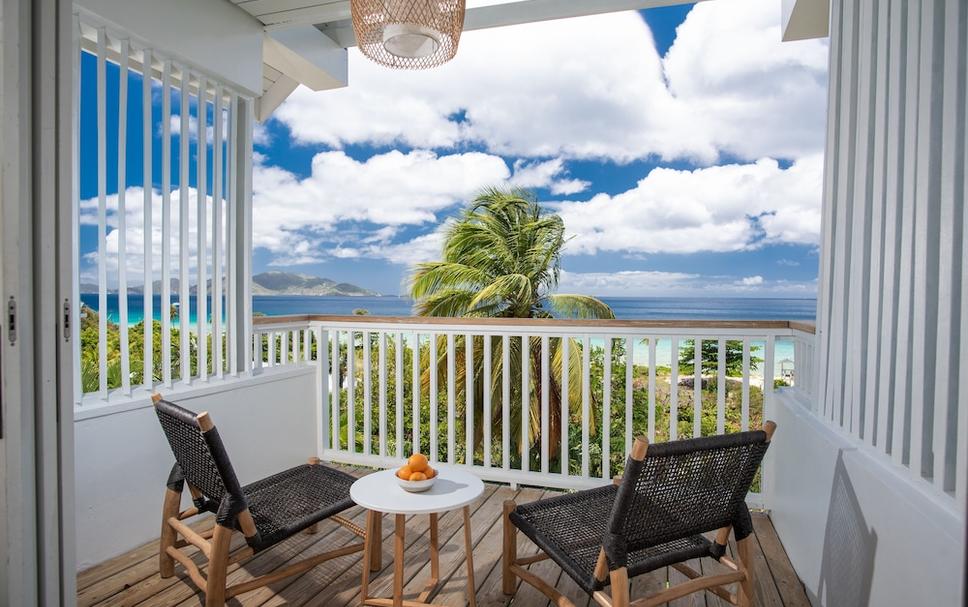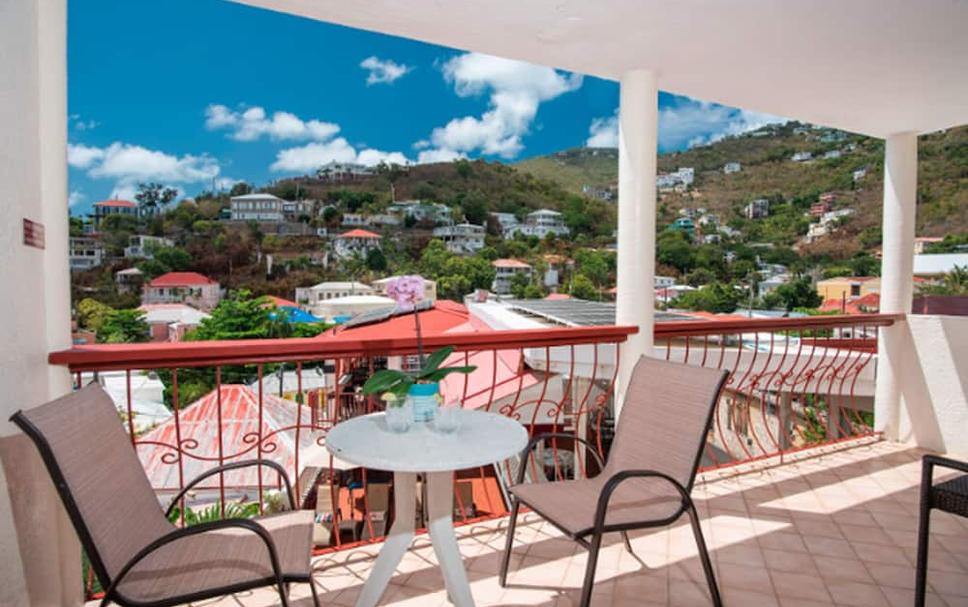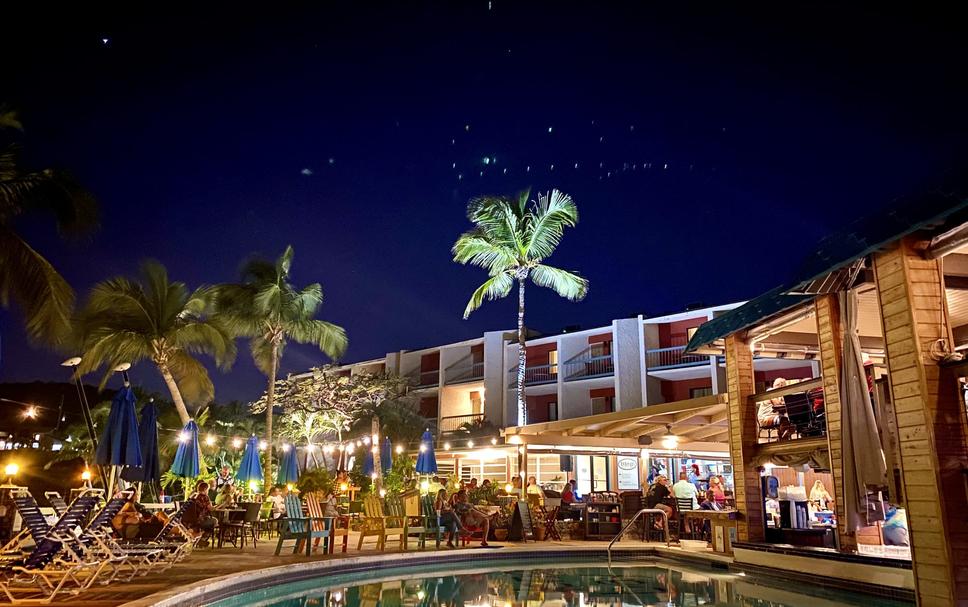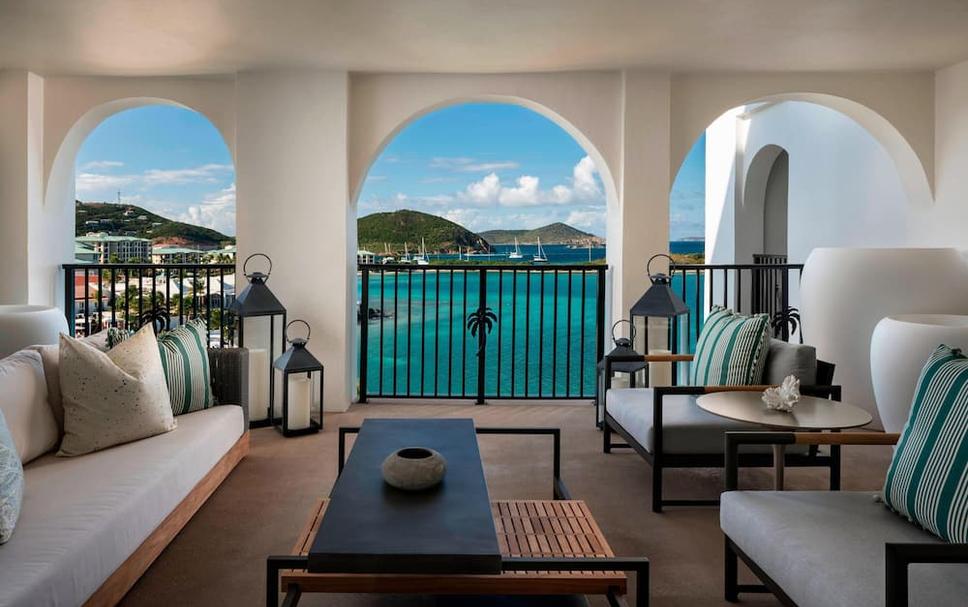Note: The Travel Awaits team regularly updates content to provide the latest, and most accurate information to our readers. The updated content in this article may not reflect the views or opinions of the original author.
Key West is one of those towns that I enjoy spending a full day exploring. Once your cruise ship arrives in port, your day of fun will begin. The arts, watersports, and historical sites are some of my favorite things to explore while in town.
Over the course of the last two years, I have visited Key West on three separate visits, twice by ship and once by car. The Overseas Highway is an experience in itself and is the gateway to Key West by car. Of course, once you get there — however you get there — if you choose to explore by foot, bicycle, or the world-famous Conch Tour Train, you will have the time of your life. The island of Key West is 4 miles long and 1 mile wide, which makes it walkable and small enough to see a lot in a single day. Here are my recommendations for making the most of Key West when you’re short on time.

How To Spend A Day In Key West Cruise Port
Take Your Picture At The Southernmost Point In The Continental United States
A must for anyone visiting Key West is to take your picture standing at the Southernmost Point in the continental United States. A colorful buoy will catch your eye as you get close to the point. You will only be 90 miles from Cuba as you pose for this photo. In my opinion, everyone needs this slice of American history in their family photos. Make this your first stop to kick off your day, as the line leading up to the buoy can become very long as the day goes on. Each time I have been here, there has always been someone else around, and they have gladly taken our photo. The buoy is located on Whitehead Street and it’s free to see.
Explore Key West On Bicycles
On one of my visits to Key West, my husband and I rented bicycles. It was one of our most memorable visits. We were able to cover a lot of ground in a short time. And there’s something to be said about riding a bicycle with the winds from the sea blowing through your hair. By renting bicycles, you will not have the hassle of finding a parking place, and you’ll have total control over your schedule for the day. If you want a guided tour of Key West, I’d highly suggest booking with Key Lime Bike Tours.

Visit Fort Zachary Taylor Historic State Park
Fort Zachary Taylor Historic State Park is always at the top of our list of things to do when we are in Key West Cruise Port. A little fun fact is that this state park is the southernmost in the continental United States. History enthusiasts will appreciate that Fort Taylor predates the Civil War and is a National Historic Monument. Walk along the shoreline and place yourself back in time. This will give you a better perspective as to how soldiers in the Keyes defended our country. We also like to take our snorkel gear into this park as the beach area offers a good place for snorkeling. Beach rentals are available, including snorkel gear. A small entrance fee is charged for all parties entering the park, and we have walked here on several visits.
Hop On The Conch Tour Train
Many people have hopped on the world-famous Conch Tour Train in Key West. You can purchase tickets online or at several well-marked locations around Key West. The train stops near the Ernest Hemingway Home and Museum, the Key West Lighthouse, the Southernmost Point, and the Key West Butterfly and Nature Conservatory.
If you enjoy learning about history and letting someone else maneuver the streets, this tour is ideal for you. Plan on hopping on board the train at Front Street for the seat of your choice, or board at Truval Village or the Sails to Rails Museum.
If you plan on spending more than a day in Key West, a second-day ticket can be purchased for a discounted price. For an exceptional experience, book the Conch Train and Ghosts & Gravestones Package. Experience Key West in a way that you have never thought of — haunted.

Explore The Ernest Hemingway Home And Museum
A visit to Key West would not be complete without exploring the Ernest Hemingway Home and Museum. There are numerous museums in this town, but this one really stands out. This beautiful home is located at 907 Whitehead Street, the same street that the Southernmost Point is on. Ernest Hemingway lived here for more than 10 years and wrote some of his famous work during his time in Key West. The grounds will take you back to a quieter place in time. Guided tours are available for a fee. This property is open 365 days a year from 9 a.m. to 5 p.m.
Visit A Lighthouse
If you are like me, you love the views that all lighthouses have to offer. The Keywest Lighthouse and Keeper’s Quarters are open to visitors as it was decommissioned in 1969. Today, you can climb the 88 stairs and view the photographs and words of the lighthouse keepers and their families over the years. If you plan on climbing to the top, do not wear flip-flops, as you will most likely not be able to make the climb.
The lighthouse is also located at 938 Whitehead Street, the same street that the Southernmost Point and Hemingway Home are on. There is a fee to explore the grounds and they are open daily (except Christmas).

View A Dazzling Sunset
Key West is known for its colorful sunsets. Climb on board a powered catamaran and enjoy the beauty that Key West has to offer at sunset. The sunsets in Key West are always stunning, but when you can view them from the water, it is the ultimate experience. A champagne toast will take place on board as you enjoy the serenity of the sinking sun. Bring your photo ID, snacks, a camera or smartphone, and a customary gratuity. If you want a guaranteed seat, I’d suggest ordering your tickets ahead of time. During busy times of the year, these sunset cruises sell out early. Pro tip: If you book beforehand, you receive a discount.
Dining In Key West
When you visit Key West, you must have Key lime pie. My favorite place to indulge in this treat in Key West is at the Key Lime Pie Company. It is located at 511 Greene Street and is easy to walk to. They are open 10 a.m. to 9 p.m. daily, so plan your meals accordingly. You will want to make sure this is on your itinerary for your day in Key West.
Sloppy Joe’s is another Key West tradition that’s offered entertainment and nostalgia at the corner of Duval and Greene Street since 1937. This iconic restaurant is open 365 days a year and offers a traditional Key West dining experience.
Finally, Sunset Pier is where my husband and I like to dine at sunset. The views are amazing and if you arrive approximately 90 minutes before sunset, you’ll be almost guaranteed a seat with a view. The seafood is always a good choice when ordering a meal anywhere in Key West. I have personally ordered shrimp prepared in several different ways in several restaurants over the years, and I have never been disappointed.

Shopping In Key West
There are many options when it comes to shopping in Key West. I particularly love Art on Duval Gallery, a Procaccini Gallery. Michael, the gallery owner, grew up taking photos in Kelley’s Island in Ohio, which inspired his current works. This is a fun shop to visit at 714 Duval Street, right in the heart of Key West. Local artisans are featured alongside Michael’s work.
Mallory Square is the hot spot in Key West for all of your souvenir shopping. This popular plaza is located on the waterfront in Key West’s historic Old Town, near the cruise ship port. It is located just west of the northern end of Duval Street and faces the Gulf of Mexico. Mallory Square is a fairly large area as it runs the entire length of Wall Street and also offers beautiful water views.
The Shell Warehouse and Sponge Market are at the top of my list of places to shop. Shells and sponges are two of the most iconic souvenirs of all time when it comes to Key West. Cigar City offers premium cigars. In fact, they have the largest selection in the whole town. Shoppers can also find shirts, shot glasses, totes, sunglasses, and hats in numerous locations throughout Key West.
Key West will offer you a day of fun that you simply cannot find anywhere else. I love that you can experience the Key West beach, water sports, arts, history, pie, and shopping, all in one beautiful place. One day offers so much fun that you will more than likely find yourself planning a return visit. With dozens of museums in Key West, you could easily spend several days exploring all of them. There’s truly a museum for everyone in America’s southernmost town.
Most importantly remember to stroll Duval Street. Stop in to meet the shop owners and you will learn a lot about Key West. Many residents in Key West have been inspired by a visitor or someone who shared their love of the Keys with them. They all have a story to tell, and if you listen, you will learn about new and off-the-beaten-path experiences around Key West.
If you start your day on a cruise ship, be sure to keep an eye on the time so you get back to the ship on time. If you arrive by car, locate your car and enjoy your drive back over the Overseas Highway.
Check Out the Treasures at the Mel Fisher Maritime Museum
For those interested in the island’s history, the Mel Fisher Maritime Museum is a must-see attraction in the Old Town. Mel Fisher was a dreamer and a visionary who discovered the remains of the Nuestra Señora de Atocha and Santa Margarita, the Spanish Armada ships.
The collection at the museum features nearly 100,000 artifacts, such as gold coins, silver, cannons, and instruments from several sites in the area, including a horde of contraband emeralds with an impressive 77.76-carat uncut crystal.
Cruise Lines That Regularly Visit Key West
Carnival, Norwegian Cruise Line, and Holland America Line are the most common cruise operators in Key West, while Royal Caribbean presently still runs limited cruises to Key West because of a growing movement among Key West residents against the daily swarms of cruise visitors.
The deeper Navy’s Outer Mole Pier also tends to dock larger ships. It is important to keep in mind that the weather in Key West can be difficult to predict, which can affect cruise itineraries.
Speaking of off-the-beaten-path spots, don’t miss these must-visit places in Key West you probably haven’t heard of.
FAQs
Why Visit Key West, Florida?
Key West is the southernmost city and cruise port in the United States and gives cruise visitors the chance to enjoy the much sought-after Caribbean atmosphere. The island is popular for its laid-back vibe and marine life that is highly inviting to most cruise ship passengers.
Where Do Cruise Ships Dock at the Port of Key West?
Port of Key West consists of three cruise ship docks: Mallory Square, the Navy’s Outer Mole Pier, and the privately-owned Pier B. Pier B is both a cruise terminal and a cruise port where many cruise passengers first experience the island. Each cruise port is within walking distance of Old Town.
Can Cruise Ships Still Dock at Pier B in Key West?
Yes, but Key West’s great cruise ship debate is far from over. In November 2020, Key West’s residents banned the large cruise ships, including the fleets of Carnival and Royal Caribbean. The initiative was later overturned and the city, the state, and Mark Walsh, the Pier B cruise port owner, have locked horns ever since.
Can I Book Key West Tours and Shore Excursions?
Yes, there are plenty of shore excursions and tours in Key West that truly champion life on the water. Take a guided tour and get up close and personal with Key West’s marine life or take exhilarating speedboat rides and relaxing sailing trips at sunset.
Which Is the Most Popular Beach in Key West?
There are plenty of beaches on all the keys, but the most popular one is Smathers Beach. This two-mile stretch of white sandy beach is a great place to relax and unwind.







